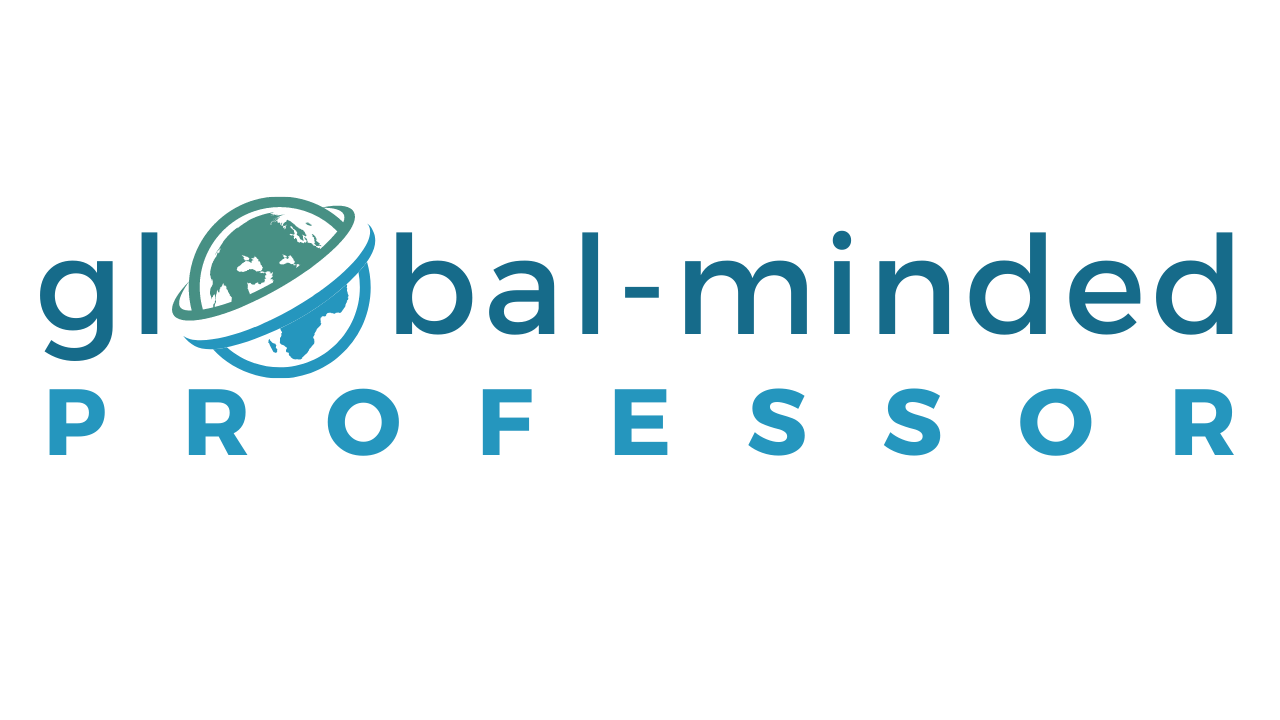Extreme poverty (household income of less than $1.90 USD per day) is a global issue that threatens the health and wellbeing of individuals in low- and middle-income countries. In fact, poverty alleviation has been called the most crucial global challenge facing humanity. More than 700 million people (more than 10% of the world’s population) live in extreme poverty, and the Covid-19 pandemic has only worsened these numbers. Because India accounts for almost 25% of poor people in the world, it’s important that efforts to eradicate poverty focus some key efforts there.
Women are the most burdened by extreme poverty and its consequences in low- and middle-income countries. Girls often get smaller portions of food, have limited or no education, get less health care, and spend much more time on household tasks compared to boys—then as adults, women are more likely than men to head poor households and rely on unstable informal ways to earn money such as waste picking or hawking. When poor women try to escape poverty, their lack of literacy, income-generating skills, household decision-making power, and access to financial resources like banking can make progress extremely difficult.
